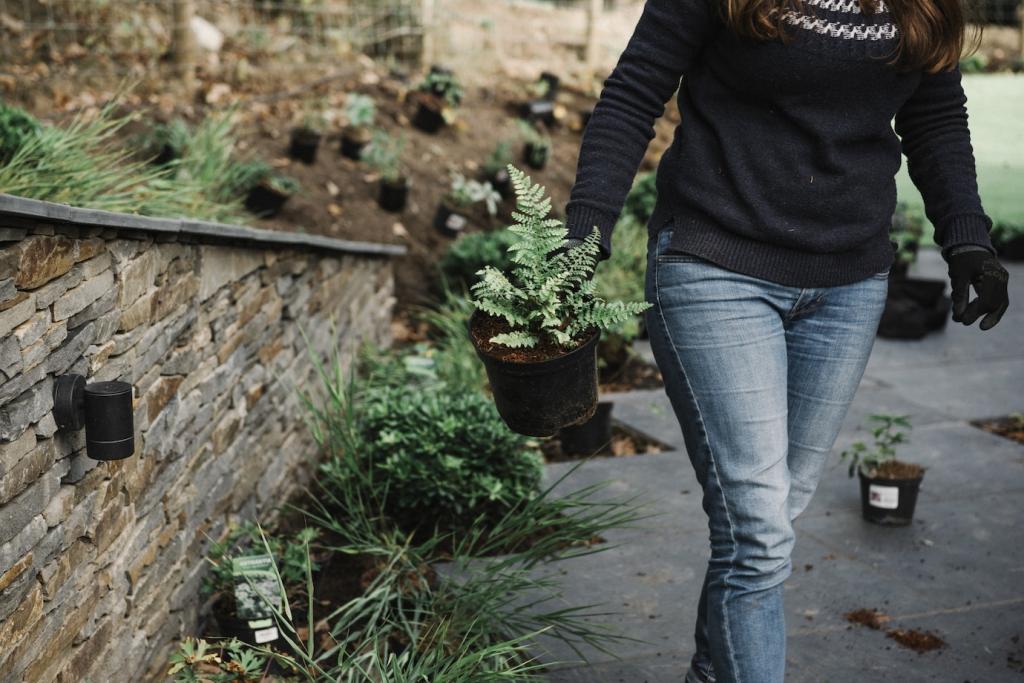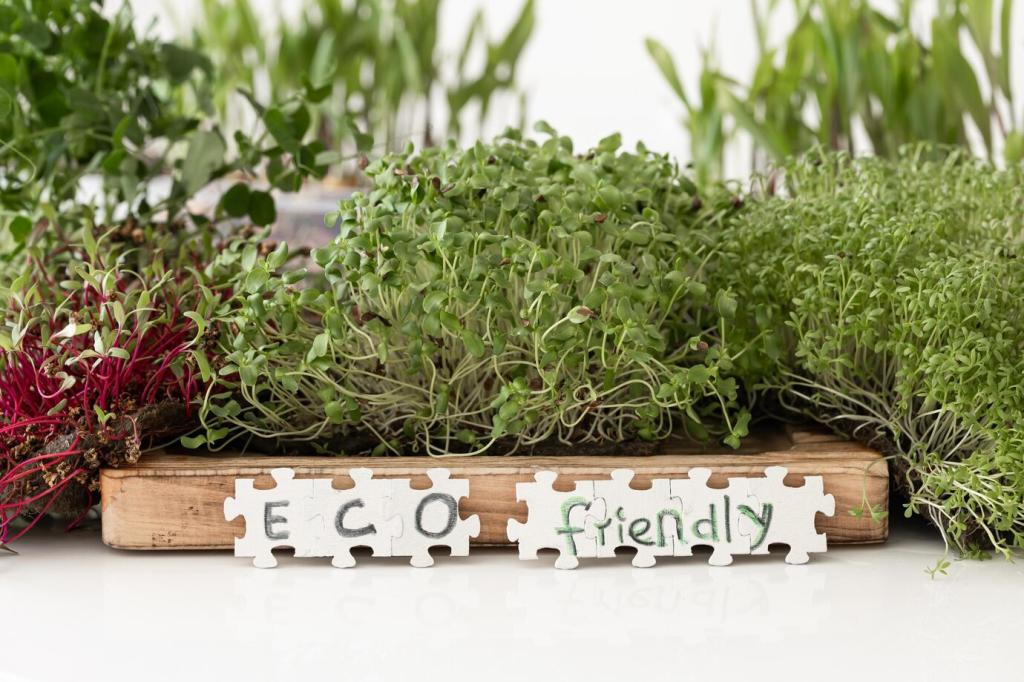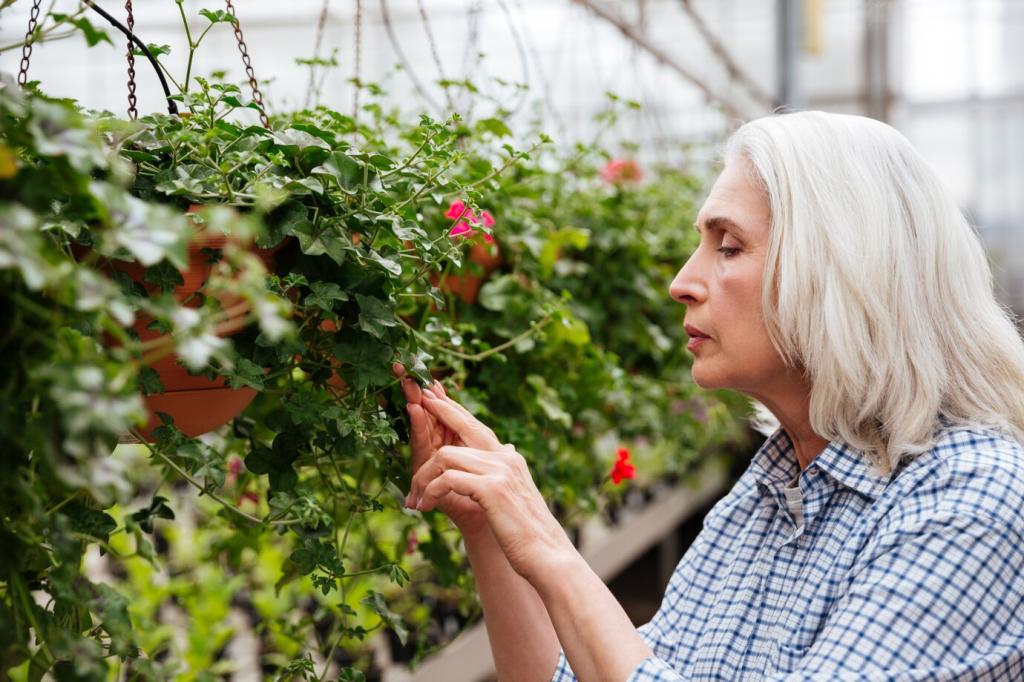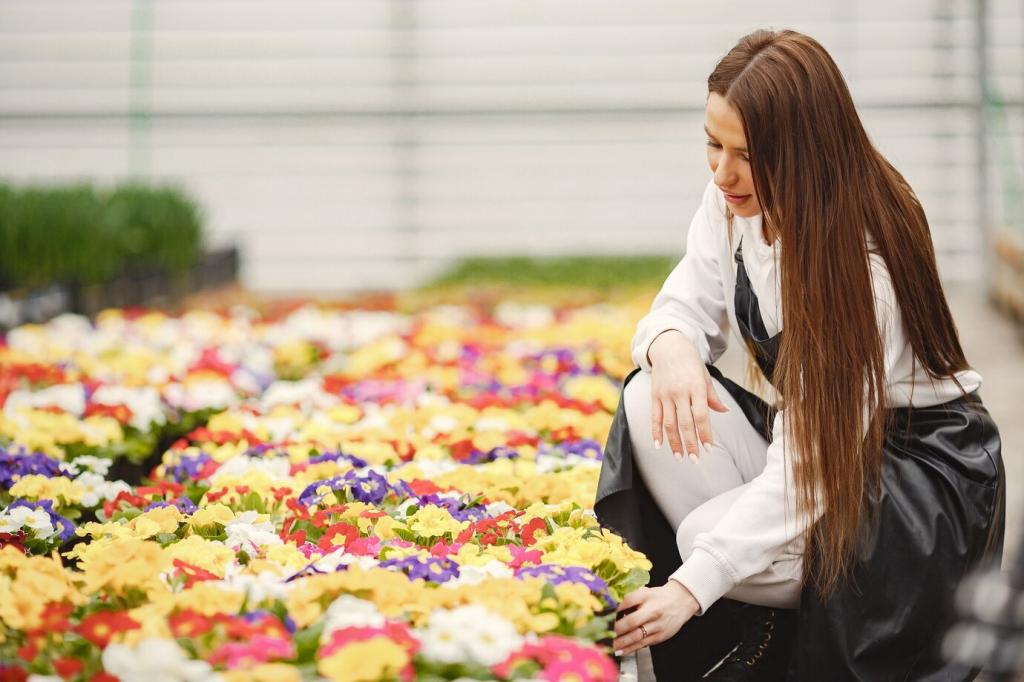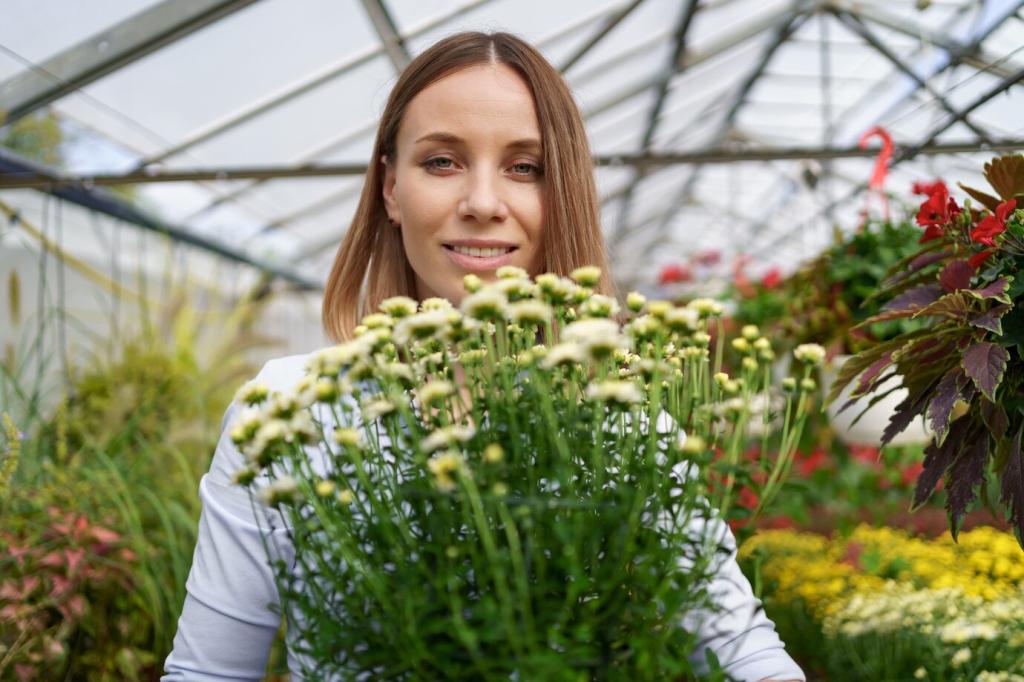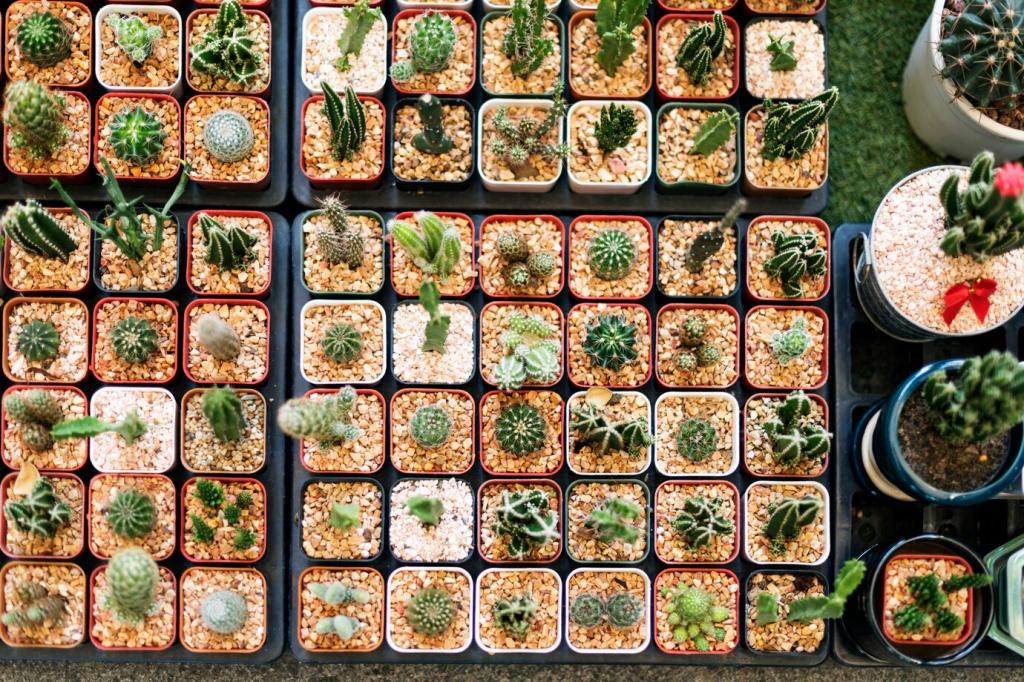Wildlife Support, All Year Long
Winter-blooming mahonia, heather, and witch hazel offer vital fuel when options are scarce. Leave some leaf litter for overwintering insects and keep evergreen structure for cover. Who visits your garden in January? Post a note so we can build a seasonal wildlife map together.
Wildlife Support, All Year Long
Lavender, echinacea, and salvia create a fragrant runway for bees and butterflies. Cluster plants in drifts to make nectar easy to find, and skip pesticides. What’s your most buzzing bed in midsummer? We’d love to feature it—tag us with your photos and plant list.
Wildlife Support, All Year Long
Let coneflower and rudbeckia stand for finches, and enjoy seedheads sparkling with frost. Add grasses for movement and sound that last until spring. Which plants look best in your low light? Share how you balance beauty and bird support once flowers fade.

